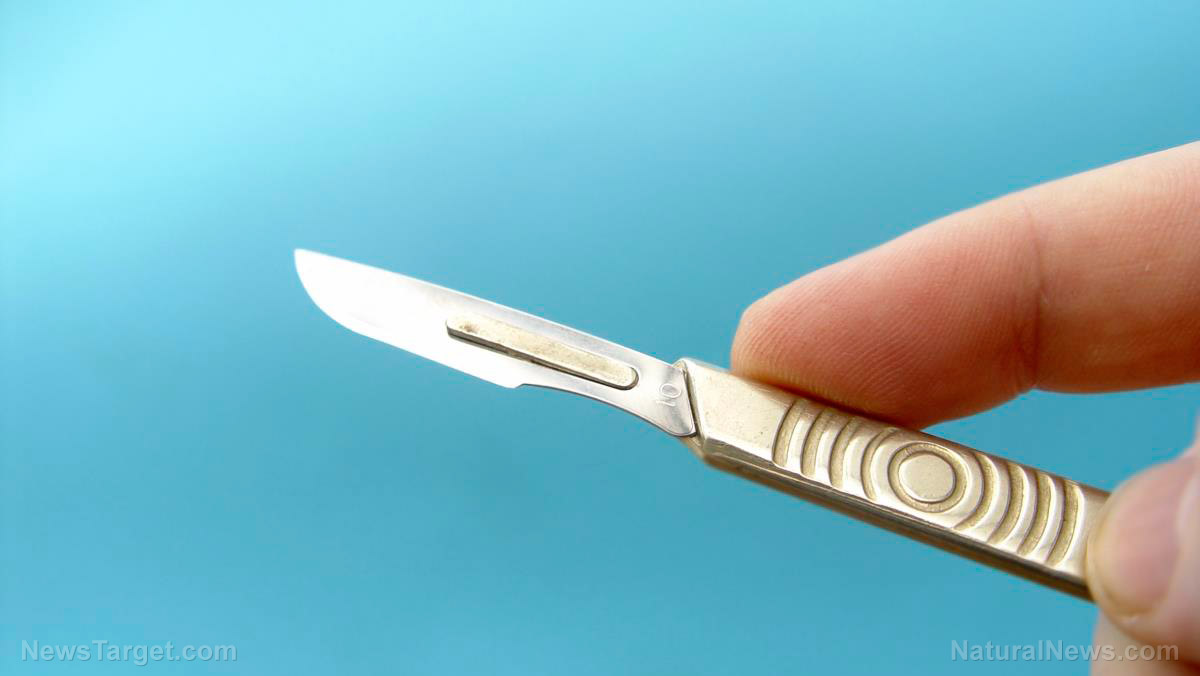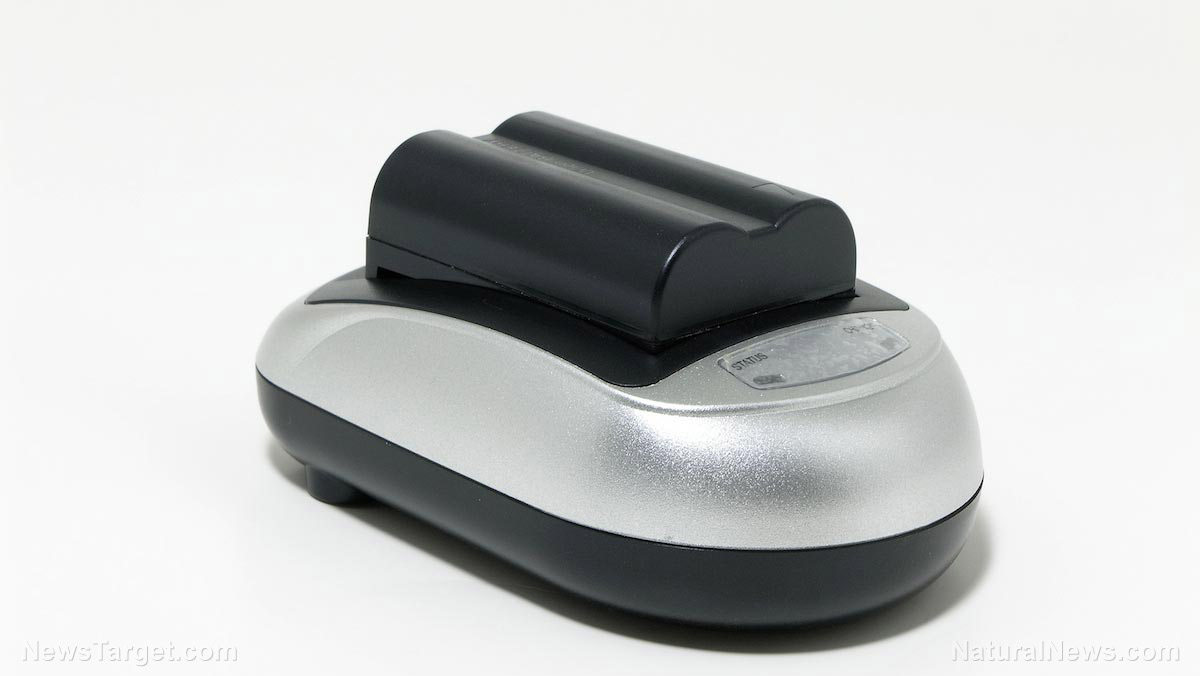Newly developed graphene circuits are flexible and water-resistant
08/20/2018 / By Ralph Flores

With technology looking to be more accessible with each passing day, it’s no surprise that the tech arms race is now on wearable technology – that revolutionary technology which allows people to “tap into the connected self” through the use of smart sensors.
One case against wearable technology, however, is that it still has the limitation of an electronic device, particularly with water. Moreover, the steep price tag associated with the products makes further expansion quite difficult to do. However, researchers have now created a way to make inexpensive electronic circuits that are waterproof and printed into any surface, thanks to a procedure that allows them to use the supermaterial graphene and print it in surfaces that are flexible. The process, featured in the journal Nanoscience, blows the lid wide open concerning the possibility of incorporating electronics into even more products.
“We’re taking low-cost, inkjet-printed graphene and tuning it with a laser to make functional materials,” explained Jonathan Claussen, a professor at Iowa State University and the corresponding author of the paper.
Graphene, which started as the brainchild of two researchers from the University of Manchester, has been renowned for many of its abilities. In particular, it’s one of the thinnest materials in the world, and it is an excellent conductor. However, what has captured the attention of researchers for this particular study is graphene’s flexibility. Graphene is reported to be 200 times stronger than steel, but it is completely flexible. Additionally, it also improves with annealing methods used in post-print processing. (Related: Graphene achieves superconductivity breakthrough: A whole new way to move electrons without resistance.)
The graphene flakes that were used as the primary ingredient in the ink displayed the same properties. However, a challenge that arose with the process is that the printed graphene flakes do not conduct electricity very well. The team worked around it by eliminating non-conductive binders and joined the flakes to improve their conductivity, which made them usable for electronics and sensors.
While the post-print process is heat- and chemical-intensive, the researchers created a rapid-pulse laser process which allows graphene to be utilized without affecting the printing surface. The laser processing technology also has another application – it can turn graphene circuits, a material that absorbs water, into a hydrophobic material when printed as circuits. Researchers accounted the change in how the laser rearranges graphene flakes to induce its water-resistant properties.
“One of the things we’d be interested in developing is anti-biofouling materials,” explained Loreen Stromberg, one of the co-authors of the paper. “This could eliminate the buildup of biological materials on the surface that would inhibit the optimal performance of devices such as chemical or biological sensors.”
The researchers concluded by stating that the technology they developed carries a lot of potential uses – self-cleaning, wearable, and washable technologies being some applications that were identified. The team also looked at how the technology can resist stains, ice, or even biofilm formation, and how it can be used in industries ranging from electronics, textiles, to even medicine.
With this breakthrough, there’s no other way for wearable technology to go but forward. Soon enough, combining fashion and technology won’t be a pipe dream or a novel idea, but a reality that we can wear, lug around – and probably wash.
Read more articles on the advances being made with graphene at FutureScienceNews.com.
Sources include:
Tagged Under: breakthrough, Chemistry, Circuits, computing, discoveries, electronics, functional materials, future tech, Graphene, graphene circuits, physics, technology, wearable electronics, wearable technology




















